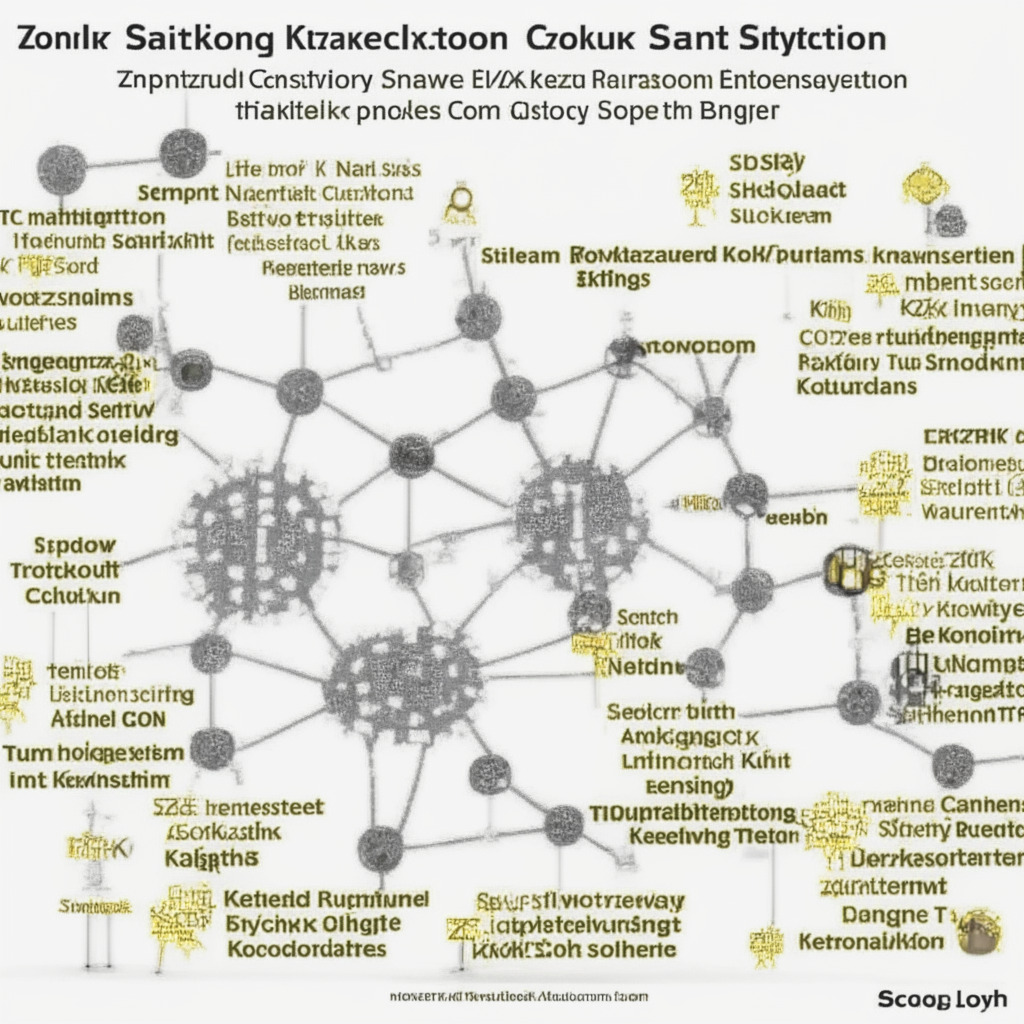Blockchain technology, since its inception in 2008, has aimed to revolutionize several industries by providing a decentralized, secure, and transparent system for digital transactions. Despite its expansion into various sectors like healthcare, supply chain management, and digital media, the blockchain industry still faces numerous challenges such as centralization of power, limited scalability, and high energy consumption associated with hash rates.
Bitcoin’s hash rate refers to the computing power required to validate transactions and produce new blocks on its blockchain. A high hash rate is crucial to maintain the integrity of the Bitcoin network. However, this comes with certain downsides like an increase in energy consumption as more miners join the network. The environmental impact of Bitcoin mining has raised concerns since its inception. Additionally, the centralization of mining power within a few large mining pools has made it difficult for individual miners to compete with them, leading to worries about potential control over the network and its development direction.
Another concern is the possibility of 51% attacks by mining pools controlling the majority of the hash rate. A single mining pool, or a group of them, controlling over 50% of the hash rate, could manipulate the network and carry out malicious activities, posing a significant threat to Bitcoin’s security and integrity.
Limited scalability of the Bitcoin network is also an issue. As more users join the network and the transaction volume increases, the network becomes congested, leading to slow transaction times and high fees. This limits Bitcoin’s utility as a viable payment system and has sparked ongoing discussions within the community on addressing scalability challenges.
Moreover, the concentration of wealth and power within a small group of blockchain early adopters has created an industry far from being decentralized. High barriers to entry make it difficult for new players to enter the market and challenge the dominance of established companies. Network effects in the blockchain industry also contribute to the power imbalance, making it harder for new networks to gain traction.
Despite these challenges, solutions exist to create a more sustainable and equitable blockchain system. To address high energy consumption, the industry could turn to renewable energy sources like wind or solar power for mining operations. Developing new protocols or adopting existing ones like the Lightning Network can help improve Bitcoin’s transaction speed and efficiency. Furthermore, providing better access to resources, education, and training programs can educate people about blockchain’s potential and foster innovation and wider adoption of the technology.
In conclusion, blockchain technology has the potential to transform multiple industries. However, it faces significant challenges in terms of centralization, scalability, and energy consumption. By addressing these issues and educating more people about the technology, blockchain can create a decentralized future that benefits all.
Source: Cointelegraph




